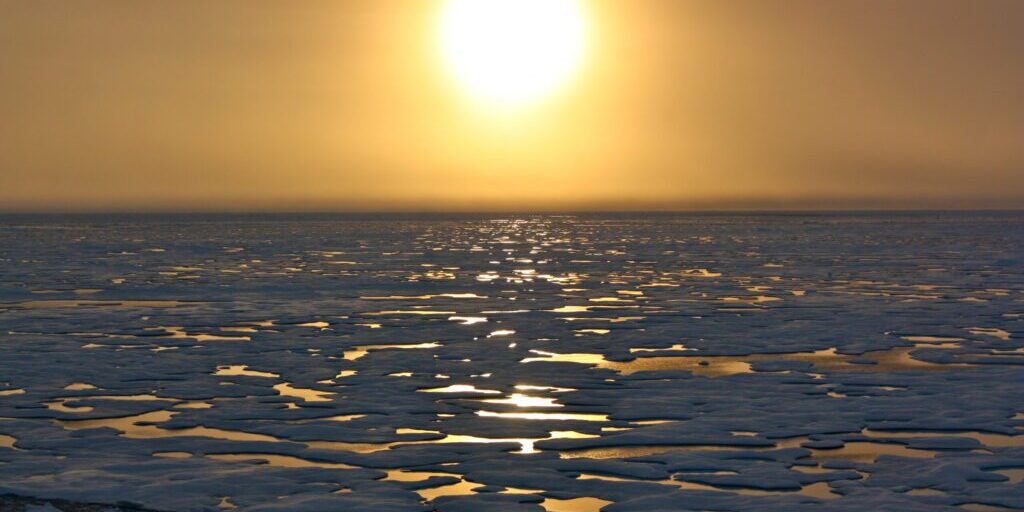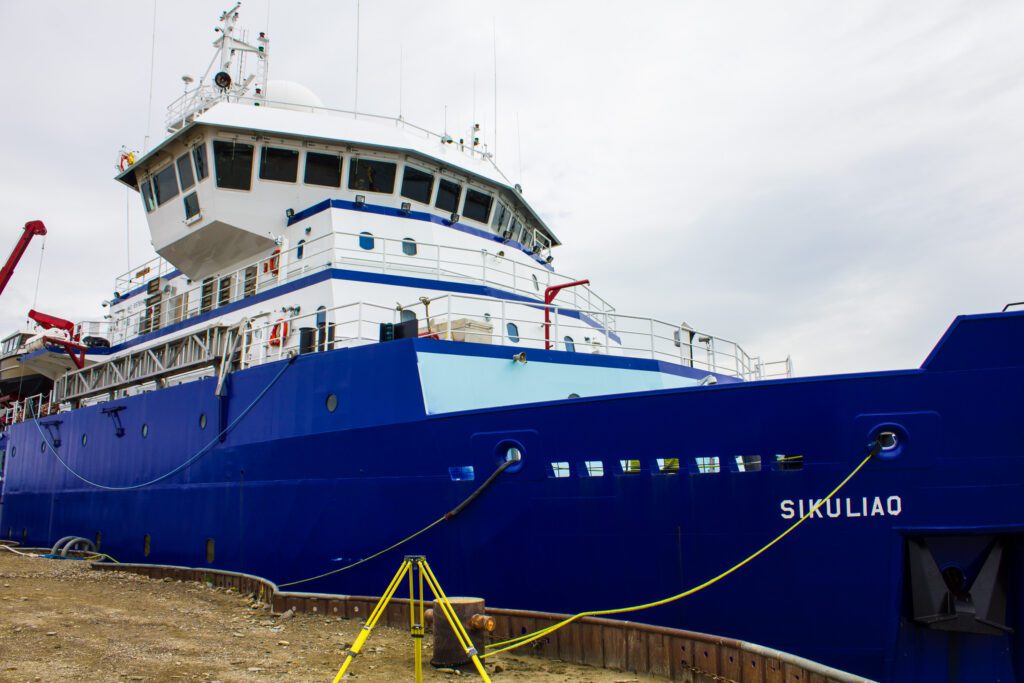A report released Friday by the World Wildlife Fund in Canada finds that capacity for oil spill response in the Beaufort Sea is woefully inadequate, even as Canadian regulators consider relaxing safety standards for offshore exploration.
WWF ran 22 separate models looking at how different spill scenarios would impact wildlife and habitat in the Beaufort Sea, drawing on industry development proposals and environmental data. Though conducted in Canada, the research affects Alaska, as well.
“The report is very applicable,” said Margaret Williams, managing director of WWF’s Arctic program in the U.S. “It shows that oil spills don’t stop at a boundary.”
The report demonstrates subsistence users in Alaska’s coastal areas would be negatively affected if contaminants leaked into the Beaufort’s important marine mammal habitat, Williams explained.
“Almost all of the scenarios show oil moving in a westerly direction from the Canadian Beaufort Sea into the Alaskan Beaufort sea. We share so many species, we share a common concern with the food they provide for the people living on the Beaufort Sea shore.”
The report comes as Canada’s National Energy Board is set to conclude a public commenting period on August first over a proposal to ease its standards for oil spill contingencies in offshore operations.
Imperial Oil Resources and Chevron of Canada are applying to drill exploratory wells in the Beaufort. Canadian regulations require companies to have a backup plan for drilling an emergency relief well within one season to mitigate underwater blowouts. Chevron and Imperial are asking they be allowed to move forward in their Beaufort drilling with a contingency plan that can achieve the same outcomes, but using a different method than a relief well.
Very little in the new WWF report is groundbreaking. The conclusions are general cautions, well-known to anyone familiar with the Arctic: ice and light conditions will complicate cleanup efforts, important marine habitat will be hurt by a spill, and the oil is likely to travel West and North with ocean currents.
But the credibility of those conclusions is bolstered by the comprehensiveness of the modeling methods researchers used. And that, Williams said, should inform how development projects are weighed.
“It’s really important that the process—the decision-making process—is transparent, and is based on the best available science.”
A spokesperson with the Alaska Oil and Gas Association was unavailable for comment in time for broadcast on what the report means for industry in Alaska.







